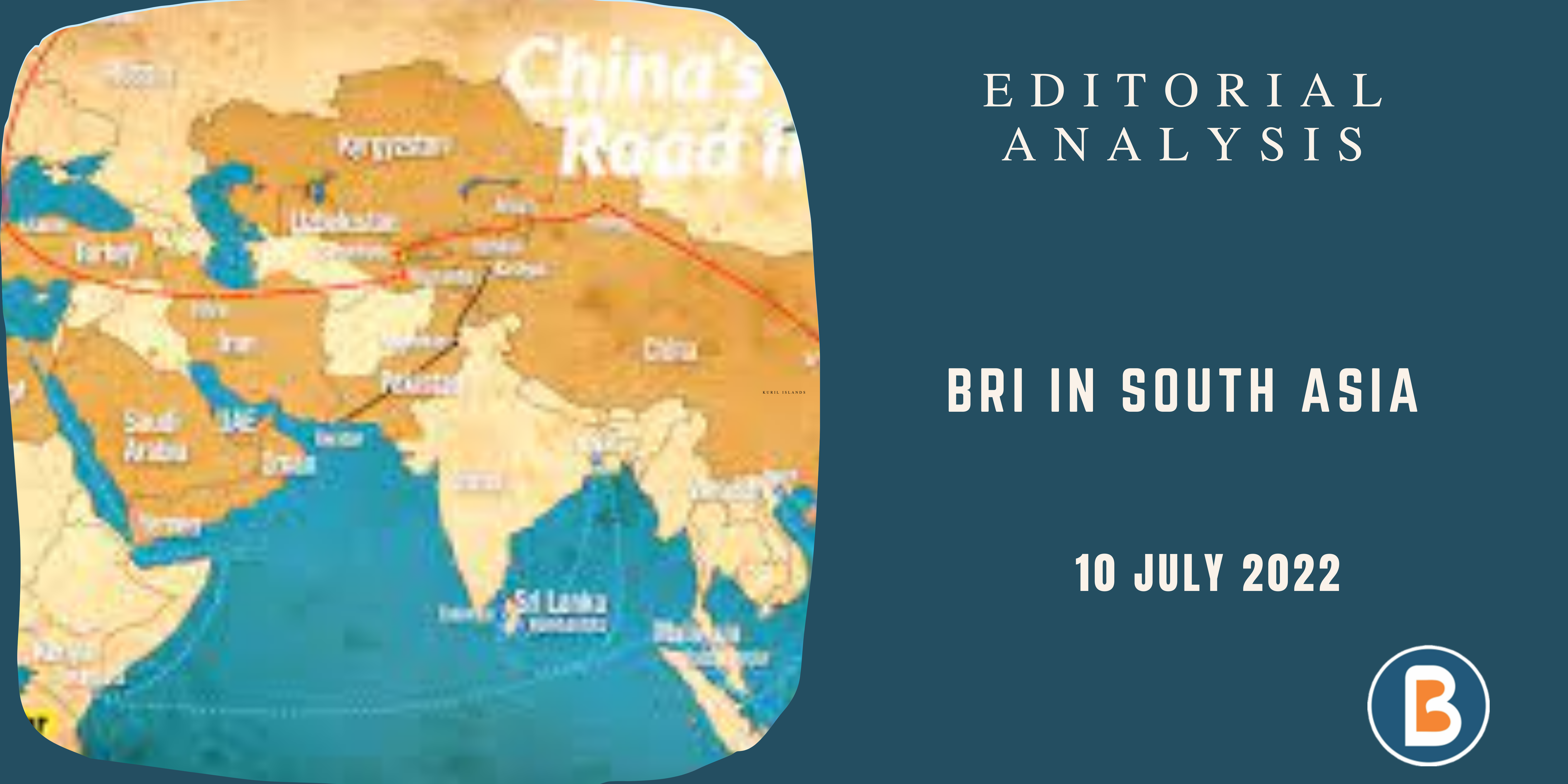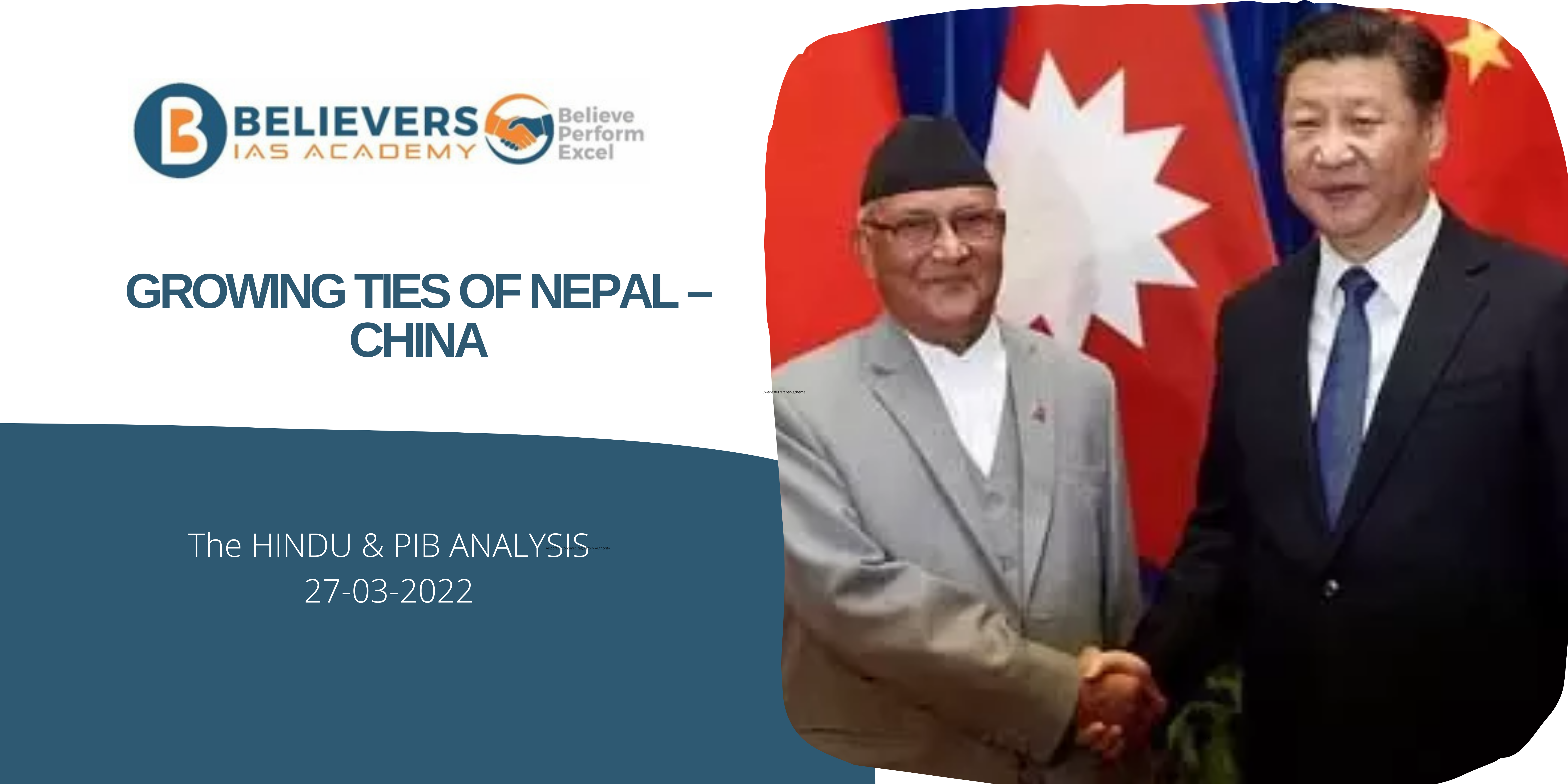BRI in South Asia
History:
- In 2013, Chinese President Xi Jinping, during his visits to Kazakhstan and Indonesia, expressed his vision to build a Silk Road Economic Belt (SERB) and a 21st Century Maritime Silk Road (MSR), to break the “bottleneck” in Asian connectivity.
- Thus, the Belt and Road initiative was born.
Current Status:
- The China Pakistan Economic Corridor (CPEC) is considered to be the biggest project under the Belt and Road initiative.
- China is also significantly financing at low interests to many countries in South Asia, it has pledged over $62 billion.
- Bangladesh, which joined the BRI in 2016, has been promised the second-highest belt and road investment by China in South Asia after Pakistan.
- So, Bangladesh is balancing its ties with both India and China and reaping economic benefits from both the countries.
About:
- The initiative envisioned a Chinese-led investment of over $1 trillion in partner countries by 2025.
- More than 60 countries have now joined BRI agreements with China, with infrastructure projects under the initiative being planned or under construction in Asia, Africa, Europe, and Latin America.
- To finance BRI projects, China offers huge loans at commercial interest rates that countries have to pay within a fixed number of years.
- The west has accused China of debt-trapping by extending “predatory loans” that force countries to cede key assets to China.
- However, research indicates that low and middle-income countries are often the ones to approach China after not being able to secure loans from elsewhere.
Counter by USA:
- USA has come up with the Partnership for Global Infrastructure and Intelligence with a package of $600 billion.
- This was announced at the recently concluded G7 Summit.
- The west has also accused China of debt-trapping by extending “predatory loans” that force countries to cede key assets to China.
- However, research indicates that low and middle-income countries are often the ones to approach China after not being able to secure loans from elsewhere.
Source The Hindu




